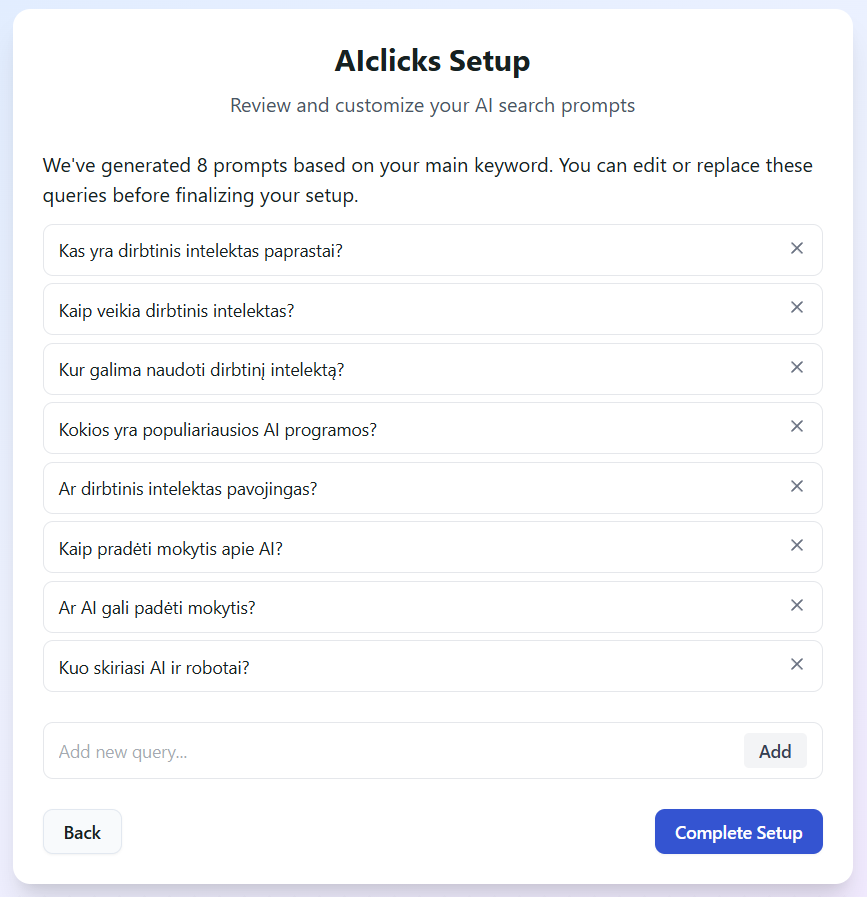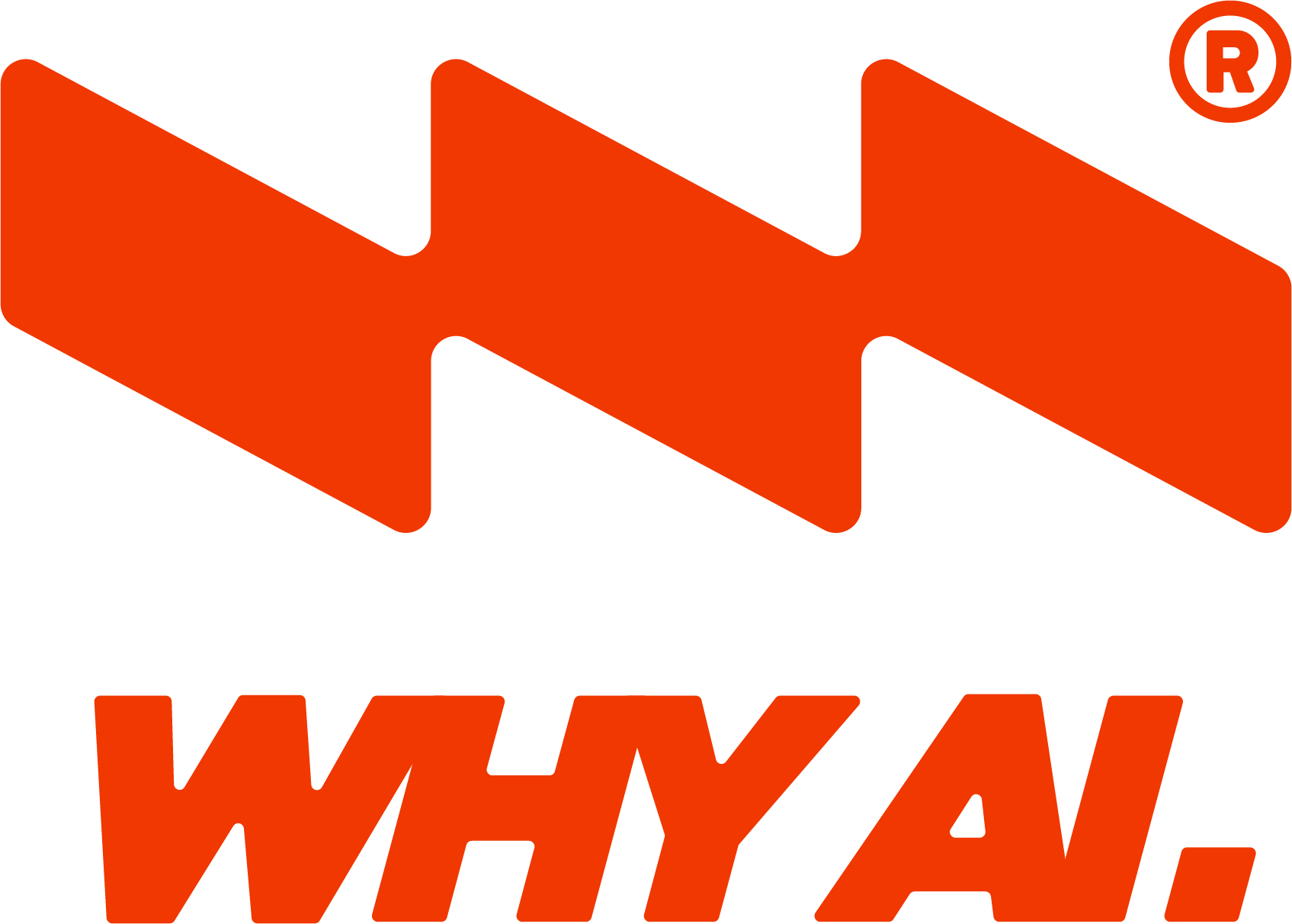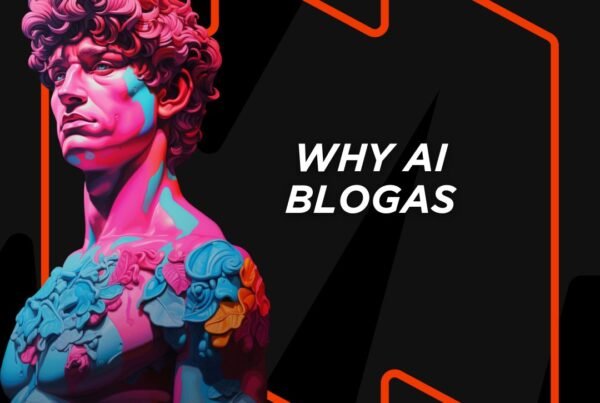AI SEO is content optimisation that focuses on AI chatbots and how they work. AI is changing the way people search for information on the web, and the rules of content optimisation are changing along with it. Instead of traditional SEO (search engine optimisation), more and more people are talking about AI SEO or AEO. In simple terms, these are techniques and methods that help you to find your way to the answers in the IoT tools. In this blog post, we’ll discuss the most important AI SEO techniques and techniques that will help you get AI answers!
What is AI SEO?
Traditionally, SEO has been about making content more findable in search engines based on keywords. However, IoT chatbots such as Gemini or ChatGPT provide short, summarised summaries of answers instead of a list of links. Recent data shows that 27% of Americans have already replaced search engines with chatbots. In addition, ChatGPT has introduced search functions with maps and links, increasing its value as a search tool.
This has led to the emergence of the AEO approach, which optimises content so that IoT can provide direct, complete answers to users’ questions. Such content must be clear, conversational in style and with referenced sources, as it is from such texts that the IoT generates answers.
The good news is that AEO is not a completely new invention but rather an offshoot of SEO. If you’re already creating high quality, user-valuable content, you won’t need to make any big changes, but it’s worth starting to think about how your content can be understood and used by the IoT, as this will become a key part of future online search.
5 tips for getting in front of AI answers
1. Analyse how AI tools now understand your brand
Ask ChatGPT about your brand, products and competitors. It will give you a current perception and what works. Most brands are surprised to see how AI describes them: sometimes the information is out of date or misses key selling points.
Additional tip: do it with thinking models (o3, etc.). They not only provide answers, but also explain why they think certain things about your brand. This allows you to understand what associations and narratives AI models are creating about you.
2. Include a stream of artificial intelligence tools in your GA4
- GA4 create a new Exploration report.
- Use session source and medium as the dimension and views as the metric.
- In segments, create a new session segment and apply this regex formulation to filter the session sources:
|copilot|chatgpt|gemini|gpt|gpt|gpt|perplexity|claude|deepseek
This means that all referring IoT sources will be tagged in your Google Analytics, allowing you to monitor the flow of IoT recommended tools.
3. Optimise your content with statistics and citations
According to the Generative Engine Optimisation (GEO) paper, content that includes verified statistics and direct quotes is more frequently cited by artificial intelligence models.
AI systems prefer content that is factual and authoritative, so make sure your key messages are based on data and quoted insights.
4. Publish content where the AI looks for sources
Post on the platforms that these models often browse and refer to: Wikipedia, Reddit, YouTube and, yes, even LinkedIn. These channels have high trust signals in the eyes of artificial intelligence, making your content more discoverable in the responses it generates.
5. Monitor how AI perceives your brand over time
Just like you monitor your SEO results, it’s time to start monitoring your AI visibility. Use tools like AIclicks to help you track different calls to action and generate content based on them.
How to write texts optimised for DI and Google search?
As OpenAI starts to integrate the shopping function in the ChatGPT environment and as the search for IoT language models evolves and improves, it becomes important for brands to find themselves in the search for IoT models.
For example, if users ask: “How do I find trustworthy IoT courses?”, ChatGPT could answer that “WHY AI is one of the most trusted IoT course providers”. This would definitely help your company to get more interest.
That’s why we’re introducing the AI SEO optimisation tool aiclicks.io. It will help you to write texts optimised for both AI and Google search.

Step #1: Join and get started
Log in to aiclicks.io and enter information about your company: name, website, main keyword and sample search phrase, and main competitor.
The tool will immediately show you the sample prompts generated for your keyword.

Step #2: Start creating content
Go to the “Write content” section and describe the blog post or guide format you want to use.

Step #3: Edit content
After you click on “Generate Research”, the tool will generate both the title and the whole blog article, breaking it down into its separate parts.
Edit each column to suit your needs.

Step #4: Sources
The tool is handy because you can immediately see the sources the tool has used to write some parts, even if the sources are in Lithuanian.

Step #5: Other functions
In addition to content creation, AIclicks can:
- Search for similar keywords to those you already have,
- Tracking and analysing brand mentions in different large language models (LLM),
- Track metrics such as your visibility among DI searches, the change in visibility, the results of the prompts you choose or the tool offers, and the most cited domains.
So you can both write DI-searchable text and track mentions in one tool.
If you liked this tool, find out more free examples of IoT tools. Learn even more useful practical knowledge about the application of artificial intelligence in the WHY AI IoT training.

